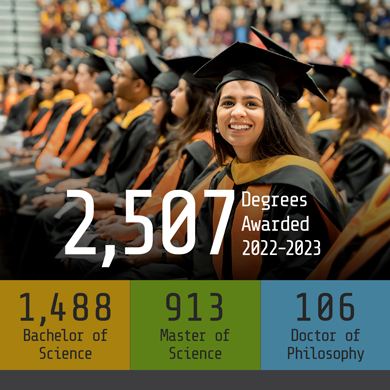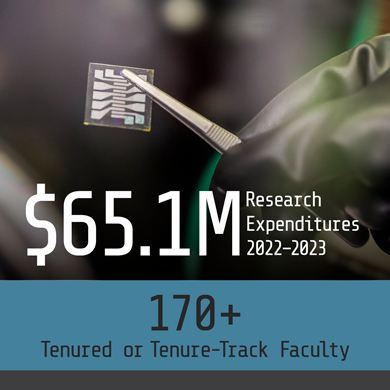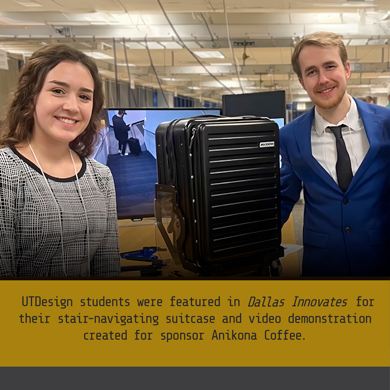
Dr. Naomi Halas

Plasmonics for Sustainability
February 23, 11:00 a.m.
T.I. Auditorium (ECSS 2.102)
Naomi Halas
Stanley C. Moore Professor of Electrical and Computer Engineering at Rice University
Biography : Dr. Naomi Halas is the Stanley C. Moore Professor of Electrical and Computer Engineering at Rice University, with joint appointments in Chemistry, Physics and Astronomy, Bioengineering, and Materials Science and Nanoengineering departments. Prof. Halas graduated from La Salle College with a B.A. in Chemistry. She obtained her M.A. and Ph.D. degrees in Physics from Bryn Mawr College and was a graduate research fellow at the IBM Research Center in Yorktown, NY. She was a postdoctoral associate at AT&T Bell Laboratories prior to joining the Rice faculty. Dr. Halas is a pioneer in the field of plasmonics, creating the concept of the “tunable plasmon” and inventing a family of nanoparticles with resonances spanning the visible and infrared regions of the spectrum. She pursues fundamental studies of plasmonic and nanophotonics systems and their applications in biomedicine, optoelectronics, photocatalysis, chemical sensing and, most recently, solar steam generation with applications in off-grid water treatment. She is the author of more than 300 refereed publications with more than 50,000 Web of Science citations, has more than 15 issued patents, and has presented more than 500 invited talks. Dr. Halas is co-founder of Nanospectra Biosciences, a Houston-based company developing ultralocalized photothermal therapies for cancer, currently in clinical trials. She has been awarded the APS Frank Isakson Prize for Optical Effects in Solids, the R. W. Wood Prize of the OSA, and the APS Julius Lilienfeld Prize for outstanding contributions to physics by a single individual who also has exceptional skills in lecturing to diverse audiences. Halas has been elected to the National Academy of Engineering, the National Academy of Sciences, and the American Academy of Arts and Sciences, and is a fellow of the National Academy of Inventors.
Abstract :
Metallic nanoparticles, used since antiquity to impart intense and vibrant color into materials, have more recently become a central tool in the nanoscale manipulation of light. This interest has led to a virtual explosion of new types of metal-based nanoparticles and nanostructures of various shapes and compositions, and has given rise to new strategies to harvest, control, and manipulate light based on metallic nanostructures and their properties. As one begins to assemble metallic nanoparticles into useful building blocks, a striking parallel between the plasmons- the collective electronic oscillations- of these structures and wave functions of simple quantum systems is universally observed. Clusters of metallic nanoparticles behave like coupled oscillators, introducing effects characteristic of systems as diverse as radio frequency transmitters and coupled pendulums into light-driven nanoscale structures. Plasmons decay by producing hot electrons, a property appearing to be highly useful in applications ranging from photodetection to photocatalysis. In particular, new “antenna-reactor” photocatalysts can be designed by combining plasmonic nanoparticles with directly adjacent catalytic particles or materials, rendering the heterocomplexes photocatalytic. While our scientific foundation for the field of Plasmonics has been built on nanoparticles consisting of noble and coinage metals, more recently we have begun to question whether the same, or similar, plasmonic properties can also be realized in more sustainable materials. Sustainable plasmonic materials allow us to envision entirely new applications, for example, direct solar distillation that can provide drinkable water, entirely independent of grid-based electrical power.







